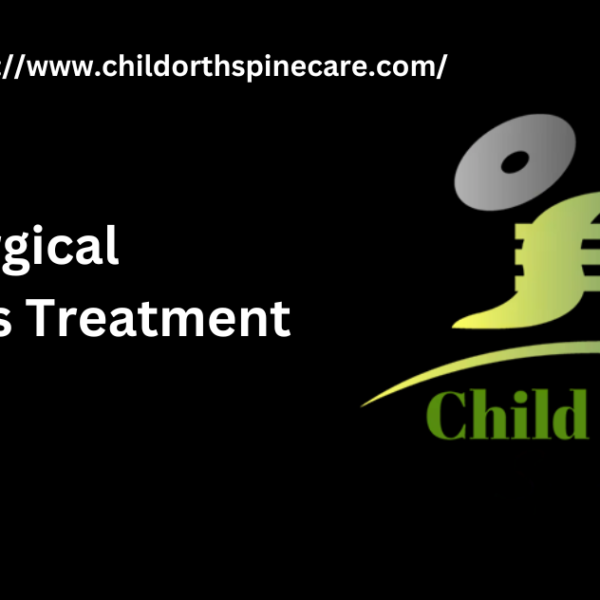
In the realm of pain management, traditional methods often revolve around medication, physical therapy, or invasive procedures. However, emerging research and alternative therapies suggest that gentle touch modalities can play a significant role in alleviating pain, particularly in conditions where sensitivity and holistic approaches are valued. This article explores the concept of pain relief through gentle touch, examining various techniques, their applications, and the scientific basis behind their effectiveness.
Understanding Gentle Touch Therapies
Gentle touch therapies encompass a variety of techniques that involve light physical contact with the body. These therapies are rooted in the idea that touch can facilitate healing, reduce stress, and alleviate pain by promoting relaxation and enhancing the body’s natural healing processes. Some of the most widely recognized gentle touch therapies include:
- Massage Therapy: Massage involves manipulating soft tissues through stroking, kneading, and applying pressure to specific points on the body. It is known to increase blood flow, release muscle tension, and trigger the release of endorphins, which are natural pain relievers.
- Reiki: Originating from Japan, Reiki involves a practitioner placing their hands lightly on or just above the body to channel energy. It aims to balance the energy fields and promote relaxation, which can help reduce pain and stress.
- Craniosacral Therapy: This gentle technique focuses on the bones of the skull, spine, and pelvis to release tension and improve the flow of cerebrospinal fluid. It is believed to enhance the body’s ability to self-correct and alleviate pain.
- Acupressure: Similar to acupuncture but without needles, acupressure involves applying gentle pressure to specific points on the body. This technique is rooted in traditional Chinese medicine and aims to balance the body’s energy flow (Qi), thereby relieving pain and promoting overall health.
Scientific Basis and Effectiveness
While the mechanisms behind gentle touch therapies may not be fully understood, scientific research increasingly supports their effectiveness in managing pain:
- Endorphin Release: Techniques like massage stimulate the release of endorphins, which are neurotransmitters that act as natural pain relievers.
- Reduction in Inflammatory Markers: Some studies suggest that gentle touch therapies can reduce markers of inflammation in the body, contributing to pain relief in conditions like arthritis or chronic pain syndromes.
- Stress Reduction: By promoting relaxation and reducing stress hormones such as cortisol, gentle touch therapies can indirectly lower perceived pain levels and improve overall well-being.
- Enhanced Circulation: Techniques like massage improve blood circulation to affected areas, promoting healing and reducing pain associated with muscle tension or injury.
Applications in Pain Management
Gentle touch therapies are versatile and can be applied across various conditions and patient populations:
- Chronic Pain: Patients with conditions such as fibromyalgia, osteoarthritis, or lower back pain often find relief through regular sessions of massage or other gentle touch therapies.
- Cancer Care: Complementary therapies like Reiki or gentle massage are increasingly integrated into cancer treatment plans to manage pain, reduce anxiety, and improve quality of life for patients undergoing rigorous medical treatments.
- Palliative Care: In end-of-life care settings, gentle touch therapies provide comfort, alleviate pain, and support emotional well-being for patients and their families.
Integrating Gentle Touch Therapies into Treatment Plans
Integrative medicine approaches are gaining recognition for their ability to combine conventional medical treatments with complementary therapies like gentle touch:
- Collaborative Care Teams: Medical professionals are increasingly working alongside massage therapists, Reiki practitioners, and other therapists to offer holistic treatment plans that address both physical and emotional aspects of pain.
- Patient-Centered Care: By incorporating patient preferences and holistic approaches, healthcare providers can offer personalized treatment plans that improve adherence and overall outcomes.
- Education and Training: As the demand for gentle touch therapies grows, there is a need for standardized training and certification to ensure safe and effective practice across healthcare settings.
Conclusion
Pain relief through gentle touch therapies represents a promising avenue in the field of pain management. Whether used as standalone treatments or complementary to conventional therapies, techniques like massage, Reiki, and acupressure offer patients a natural and often soothing way to alleviate pain, reduce stress, and enhance overall well-being. As research continues to explore their mechanisms and effectiveness, integrating these therapies into comprehensive treatment plans holds potential for improving outcomes and quality of life for individuals living with pain.
By embracing the principles of holistic care and recognizing the profound impact of touch on healing, healthcare providers and patients alike can explore new dimensions in pain management that prioritize comfort, dignity, and long-term wellness.











